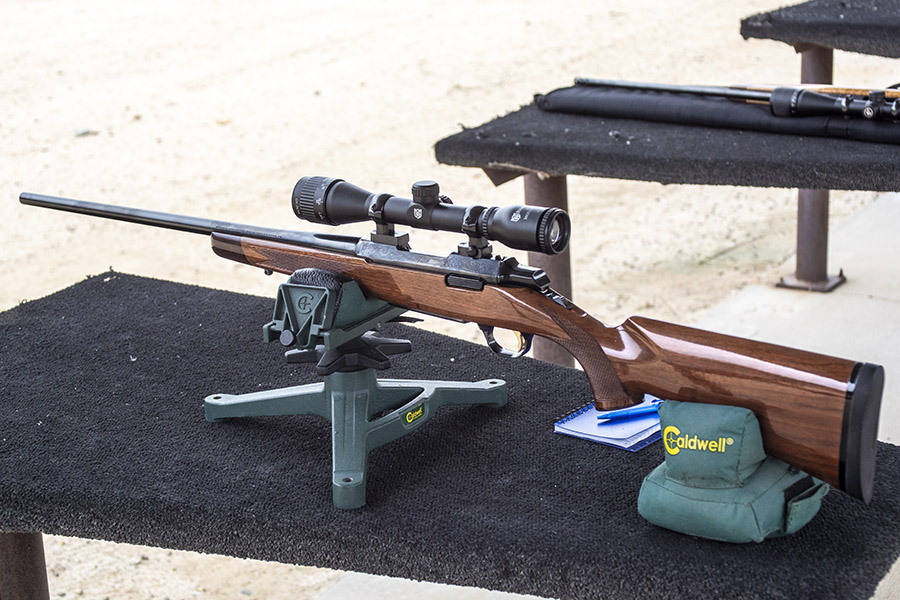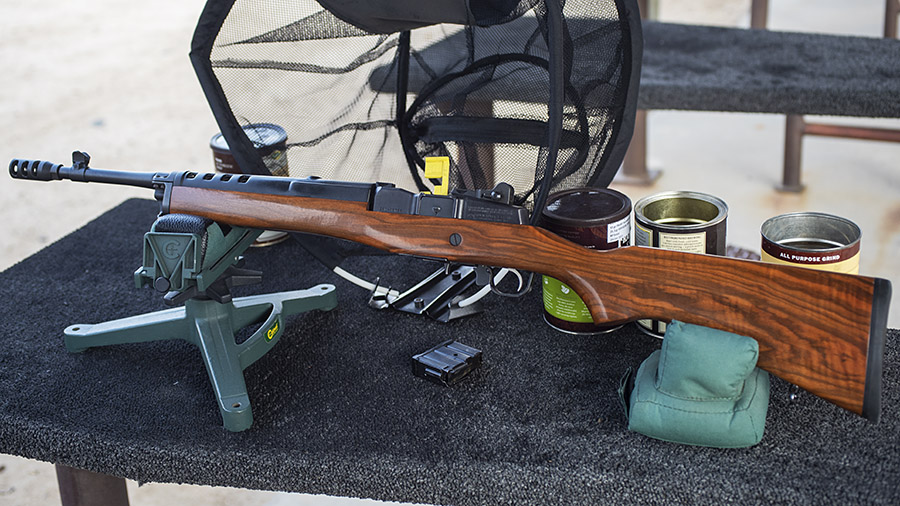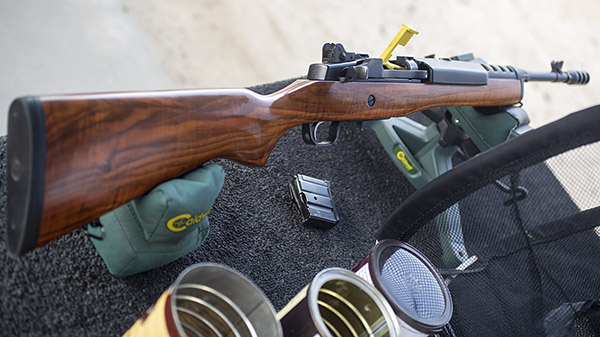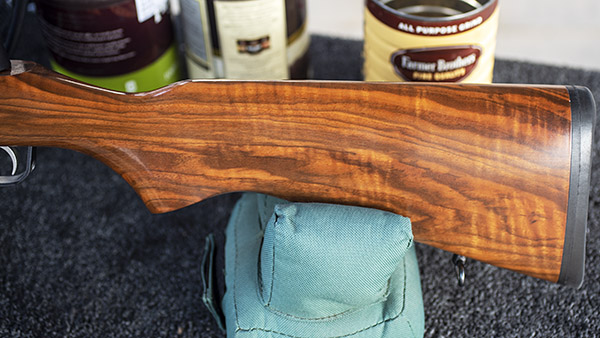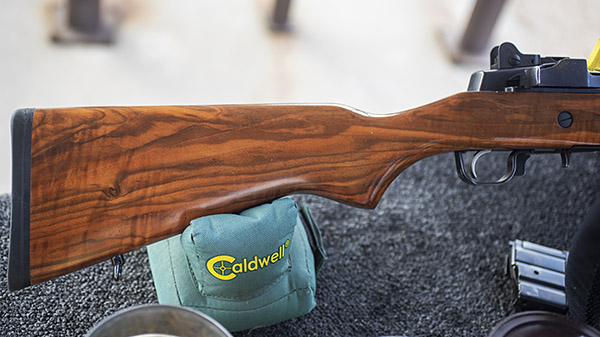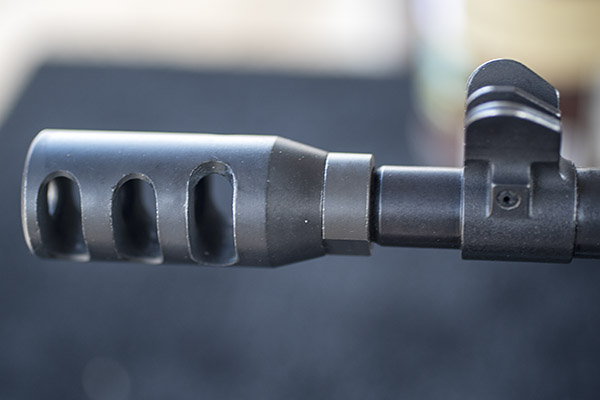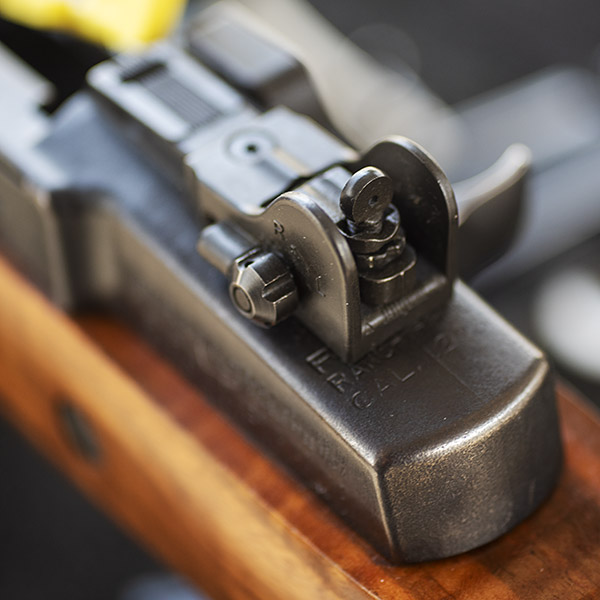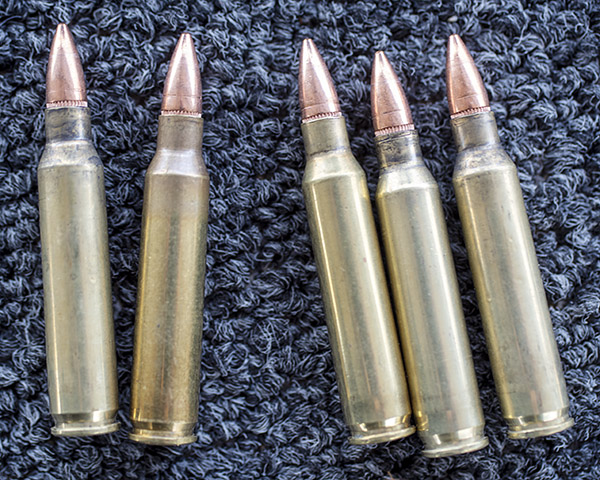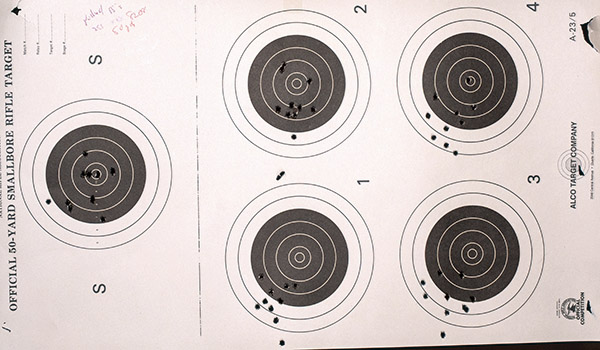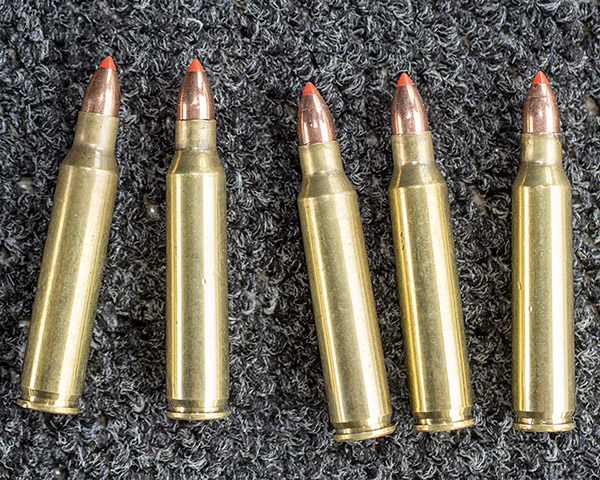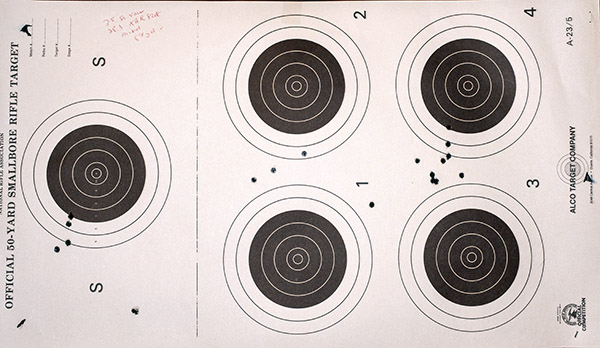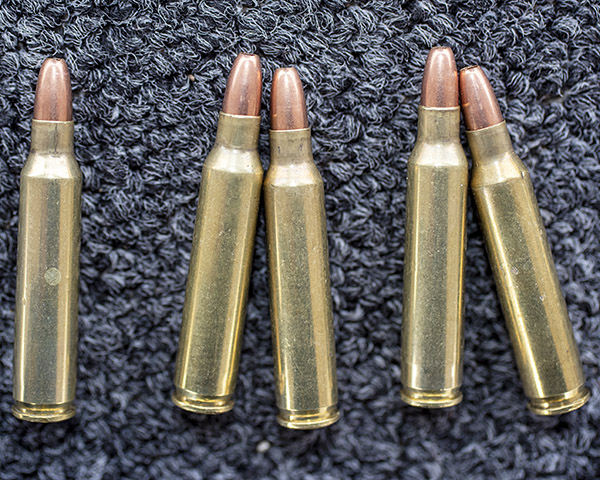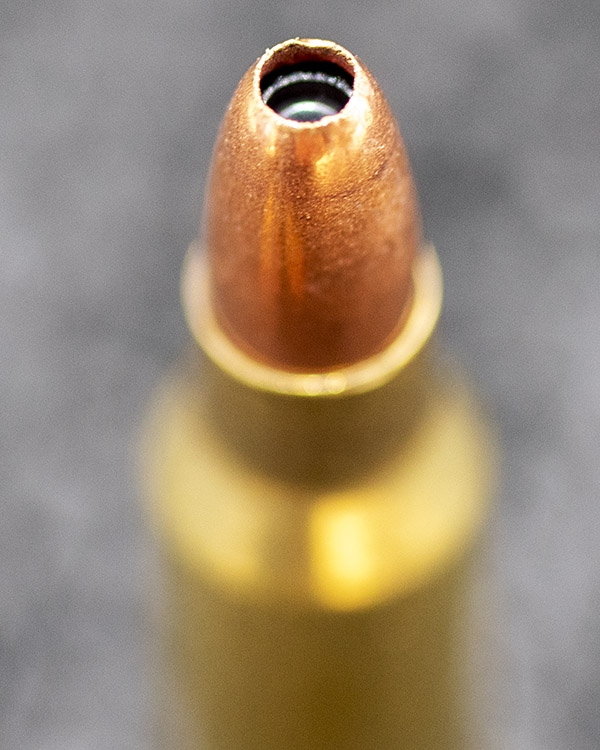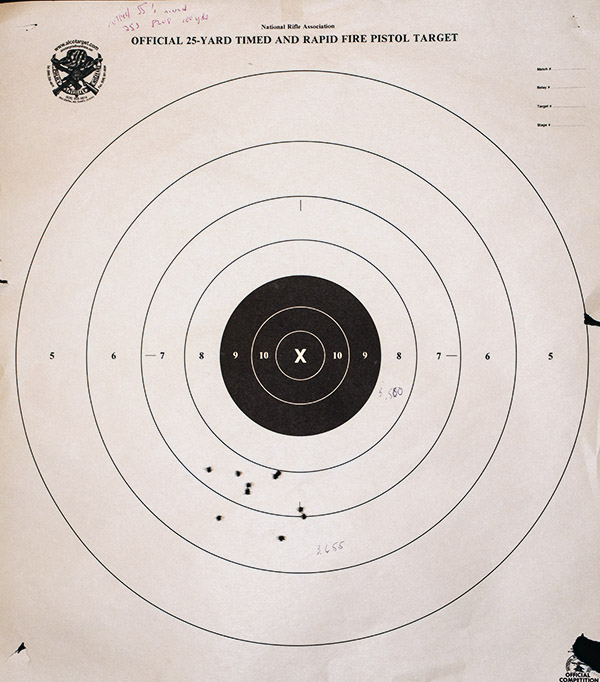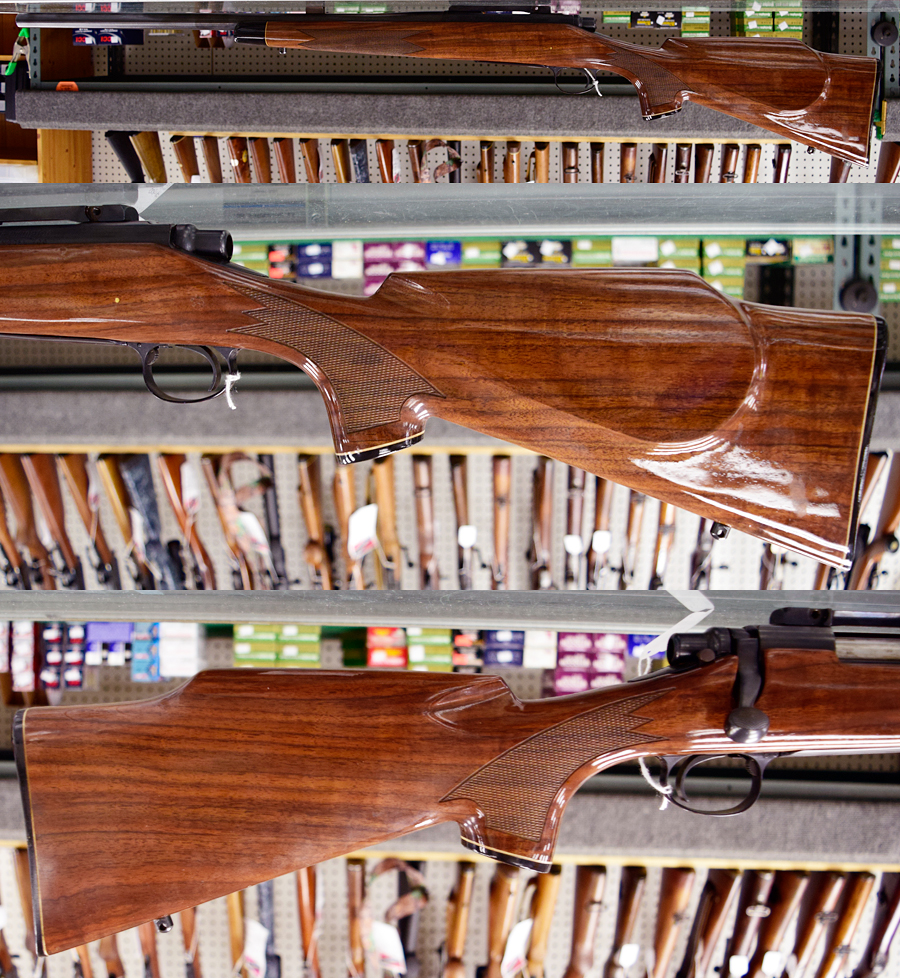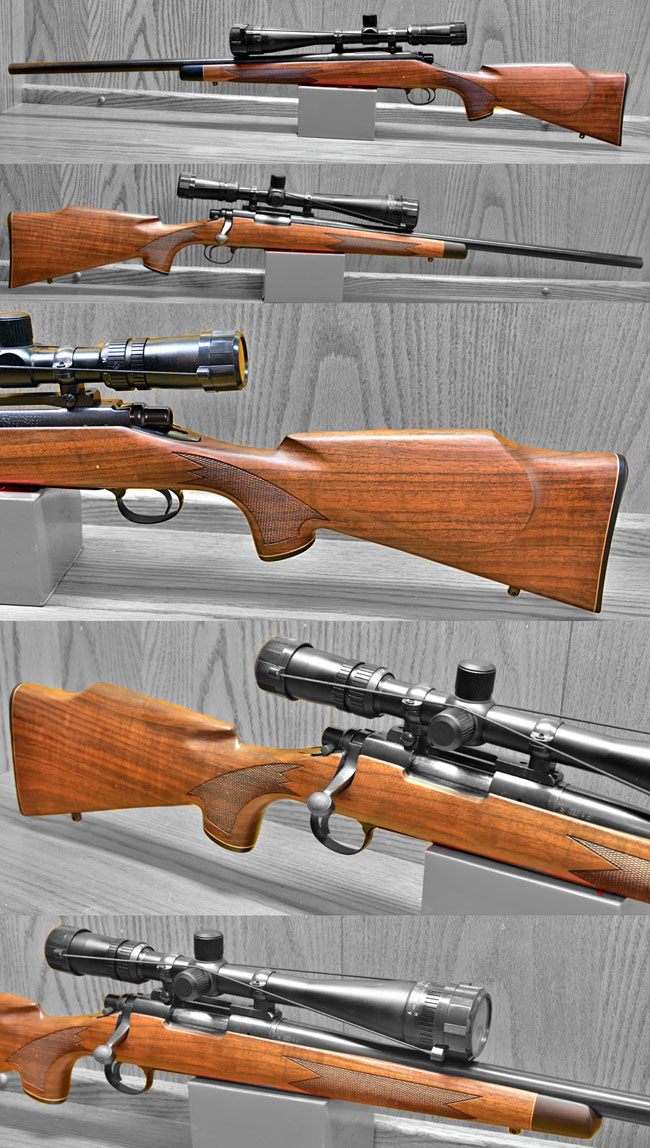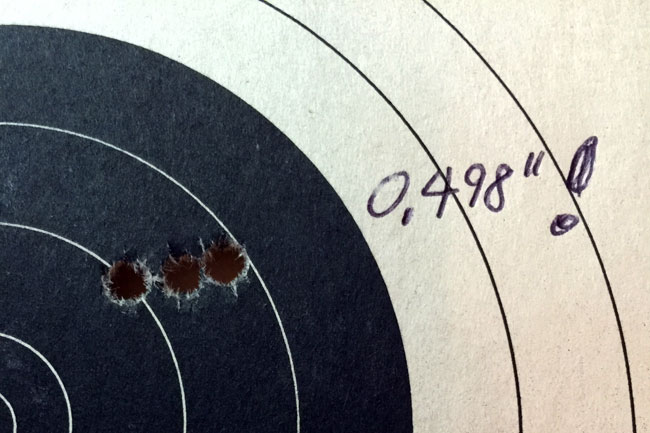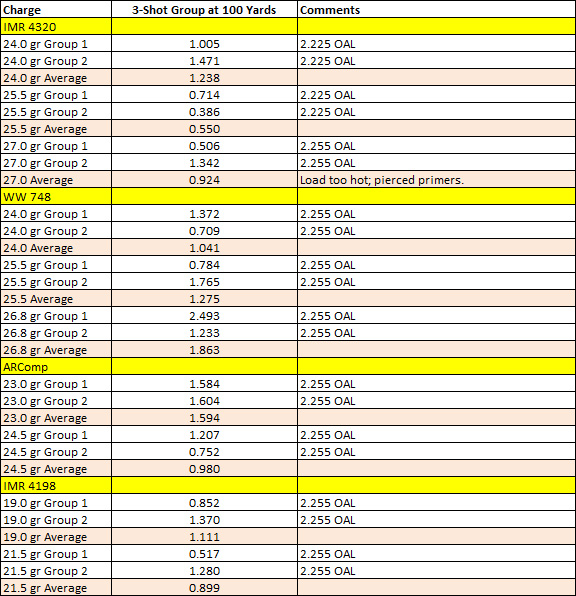By Joe Berk
I recently posted a blog about a couple of accuracy loads for the 6.5 Creedmoor Browning X-Bolt. This blog focuses on a different Browning: A .223 Browning Micro Medallion A-Bolt. It’s the rifle you see here.
I bought the A-Bolt new from a local gun shop in southern California about 35 years ago. I paid $339 for it. It doesn’t have fancy walnut but when I saw it on the rack I asked to see it. I soon as I held it I wanted it. It just felt right. I fancied it as a walking around varmint rifle suitable for rabbits and coyotes, although I’ve never taken this rifle anywhere but the West End Gun Club 100-yard rifle range. I still make gun purchase decisions based on the kind of hunting and shooting I did 50 years ago in Texas. Someday I may get out and chase jack rabbits and coyotes with this rifle again. I can dream.
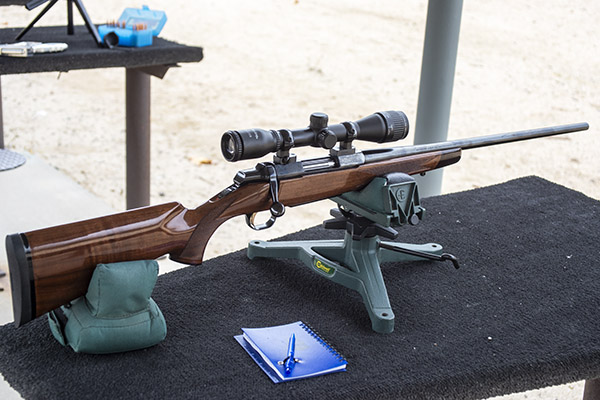
Browning offered their A-Bolt Medallion series, which were full-sized rifles, and their A-Bolt Micro Medallions, which have a shorter barrel and a shorter stock. The Browning Medallions and Micro Medallions were discontinued a few years ago when Browning shifted to the X-Bolt rifle, but you can still find the Micro Medallion A-Bolt rifle on the used gun racks and on the gun auction boards. A recent check showed that they go for around $650.
The rifle you see here is Browning’s Micro Medallion. I like the smaller size. It’s a lighter rifle and the shorter stock fits me well. I don’t like the gloss finish, but at the time it was all Browning offered (they later offered a satin finished rifle). What’s nice about the gloss finish, though, is that it has held up well. It and the deep bluing make this firearm look brand new. I like the rifle’s cut checkering and the darker fore end pistol grip tips, too. Browning made a big deal about their rifle’s short bolt angle in their advertising back in the 1980s and 1990s (bolt angle is the angle the bolt turns through to allow extraction, ejection, and loading). I like it, but if the rifle had a c0nventional bolt throw it wouldn’t have bothered me. It’s something different, but it’s not necessary. It is cool.
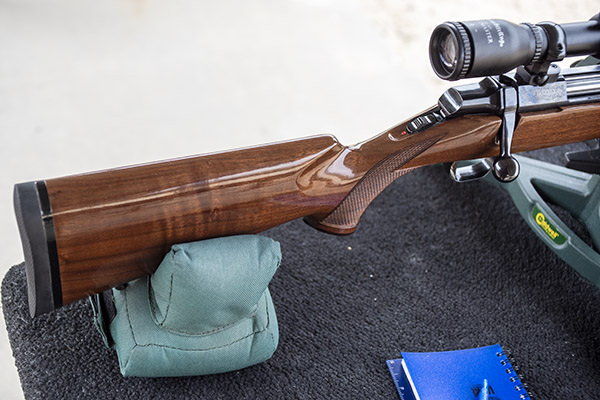
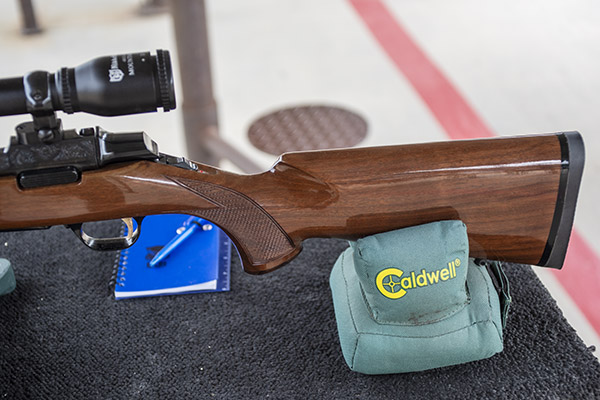
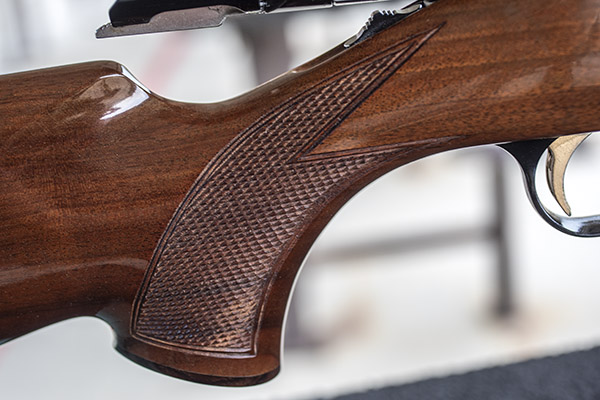
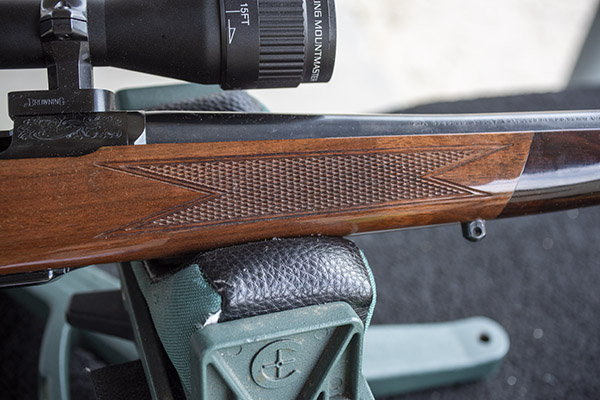
Shortly after I bought the rifle, I mounted an inexpensive 4X Tasco scope on it. That worked okay for a couple of years and then the scope called it quits, so I bought another inexpensive 4X scope (a Nikko this time). The Nikko has held up well.
You might wonder: Why a nonvariable 4X scope? Why not the more popular 3-9X you see on most rifles? In my opinion, the 4X is a lot more useable in the field. I don’t get dramatically better groups with higher magnification scopes, and I like the lightness and the much larger field of view a 4X offers. Unfortunately, not too many companies offer fixed power 4X scopes these days. The scope companies’ marketing has convinced everyone they need variable scopes with high magnification.

In my recent blog about the Browning maple Medallion 6.5 Creedmoor X-Bolt, I described a couple of accuracy loads I developed for that rifle. This time, my objectives were different. I wasn’t shooting the .223 Micro Medallion for accuracy. I was harvesting brass.
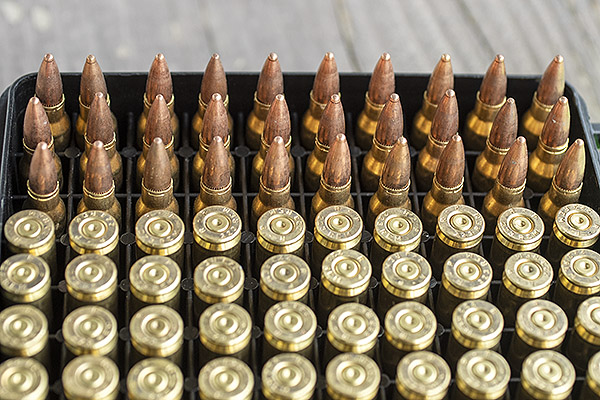
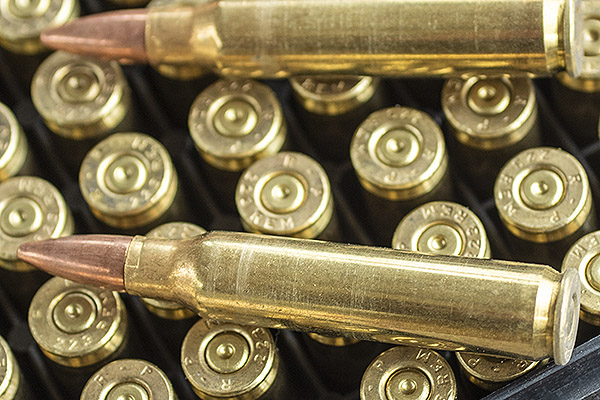
Several years ago I scoured the Internet looking for Remington brass. I’ve always had good luck with Remington brass (it lasts longer and it provides better accuracy, in my opinion). At that time and to my surprise, loaded Remington bulk ammo was cheaper than unprimed brass. For me it was a no brainer: I ordered a thousand rounds of loaded .223 Remington bulk ammo. When I need .223 brass, I’ll shoot up a bunch of the bulk ammo to get the brass.
The bulk Remington ammo was notoriously inaccurate in my Ruger Mini 14, which is the only rifle I had previously used with this ammunition. I wanted to see how the ammo would shoot in the Browning. I knew the Browning was accurate based on previous range testing at 100 yards (some of my reloads would shoot into a quarter of an inch in the Browning; I’ll give you those loads at the end of this blog).
The Remington ammo did well enough in the Browning. It held loads right around a minute and a half of angle at 100 yards, and it printed about where the scope was zeroed. Take a look:
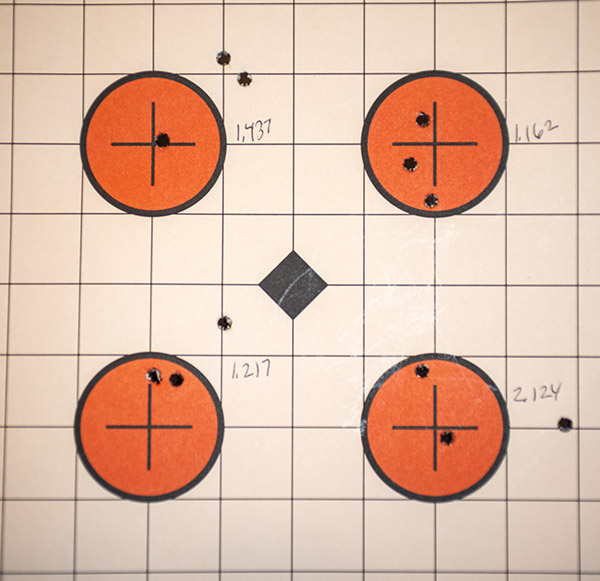
This accuracy is good enough for minute of jackrabbit or coyote. The Browning Micro Medallion rifle is fun to shoot, too. It has negligible recoil, the shorter Micro Medallion barrel helps to keep the weight down, and it connects well at 100 yards.
About the accuracy loads I mentioned above: In a previous load development effort I tested .223 loads in several rifles, including two Remington 700 varmint guns with bull barrels and big scopes. To my surprise, the Micro Medallion and its 4X scope had no problem running with the big guns and their much heavier barrels and much higher magnifications. Here’s how the Micro Medallion and three other .223 rifles grouped a few years ago at 100 yards:

The Browning Micro Medallion shot half-inch groups with ARComp propellant (and it was basically a minute-of-angle rifle with nearly all other loads). I’ll reload the brass harvested from this range session with the Hornady V-Max bullet and ARComp propellant. This is great performance, especially considering the lightweight barrel and the 4X scope. It’s a great rifle.
Never miss an ExNotes blog:

